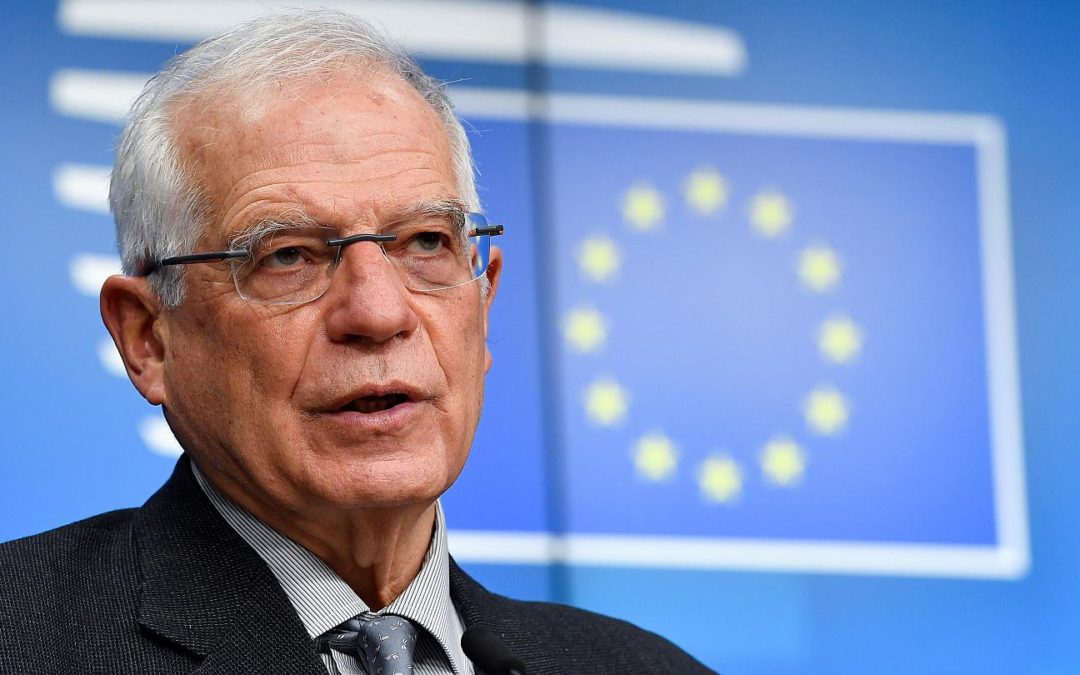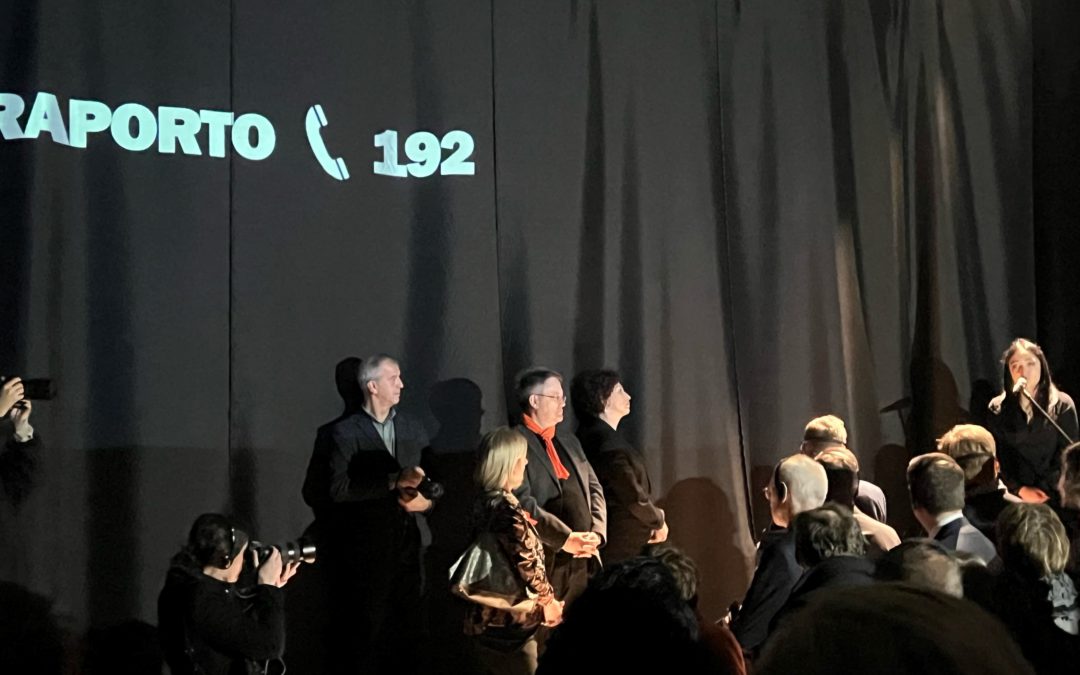The Newborn monument’s Reclamation generated a storm of public discourse after the creator and U.S. journalist Lauren Peace installed it on Friday, June 7.
Since Fisnik Ismaili first revealed Newborn on February 17, 2008, the day of Kosovo’s independence from Serbia, Ismaili changes the facade every year on the anniversary of that historic day to represent a political issue relevant to the people. Others are allowed to enact temporary installations like Peace’s, leave signatures and their own graffiti, since it is a public space on what is now Luan Haradinaj Street in Kosovo’s capital city of Prishtina.
The Reclamation design presented the names, faces and quotes of 99 women whose roles ranged between a high school student, a game designer and a former Kosovo president. According to a Kosovo 2.0 column by Peace, she intended to subvert the idea often presented by international media that women are not active in the workplace and other public spaces in the country.
According to Ismaili, Peace received consent from the Institute for the Protection of Monuments and also consulted Ismaili on the overall concept beforehand.
Ismaili, who is a member of the Kosovo Parliament, did not choose the women included in the installation but expressed support.
“It’s about time that women are more recognized for their work and effort that they do here,” Ismaili said.
Newborn had not specifically represented women in previous years.
Ismaili first started changing Newborn’s theme in 2013. Previously, the government would not permit Ismaili to repaint it. Overlapping signatures and graffiti buried the faded monument before the government updated it on the 2013 anniversary.
Displeased with the result, Ismaili called for volunteers via Facebook to help him repaint the monument with the flags of countries who had already recognized Kosovo’s independence.
Nita Qena, who has been involved with the Newborn monument since its creation as a painter and is Ismaili’s wife and business partner, said the team worked for 24 hours straight in 2013.
“We started at six o’clock, and finished at six o’clock the next day,” Qena said.
After 2013’s recognition theme, a tradition was born.
In 2014, the monument was adorned with camo to celebrate NATO and the Kosovo Liberation Army. The year of 2015 saw Newborn remade to represent Kosovars who had left for better opportunities. Barbed wire encased blue sky and clouds on the structure in 2016 to represent visa liberalization.
In 2017, the ‘N’ and ‘W’ in Newborn were pushed down to send the message, “No Walls,” and then the ‘B’ and ‘O’ swapped for a ‘10’ in 2018 to celebrate the country’s 10th birthday.
Qena hand-painted the monument by herself in 2019 to celebrate Kosovo’s environment with swirling natural and man-made elements in a cyclical format.
The Reclamation installation briefly covered up this theme last week and elicited both positive and negative reactions.
Ismaili noted that he heard of concerns that 2013 Olympic Gold medalist Majlinda Kelmendi was not included. While Peace said in her column that the installation was not meant to be a “Top 99” list of women, some questioned whether it was an honest representation of Kosovar women.
Four female activists of Haveit, a performance and protesting group, were featured on the sign. At the time that Vesa Qena, Hana Qena, Alketa Sylaj and Lola Sylaj gave permission for their names, faces and quotes to be used in the installation, Peace had not yet determined the location of Reclamation.
The four told Insajderi, an Albanian online news site, that they felt blindsided when Peace revealed the installation at Newborn and were angered by the lack of representation of ethnic minorities and transgender women, citing violence against transgender women and Roma women in Ferizaj and Lipjan, in addition to other women’s rights issues. In protest, the women tore their own likenesses off the sign on Tuesday, June 11, and posted it on Facebook.
The Haveit activists were not available for comment.
Architect Lena Ahmeti saw pictures of the installation on Facebook, though she did not see the installation in person. She had not previously heard criticism of Reclamation and thought it delivered a positive message despite concern that it didn’t represent all women in Kosovo.
“It’s not such a big space to represent all women in our country,” Ahmeti said. “I liked it, and I would like it if they did it again.”
(Chloe Murdock is a reporting intern with KosovaLive this summer, in collaboration with Miami University in the United States)








